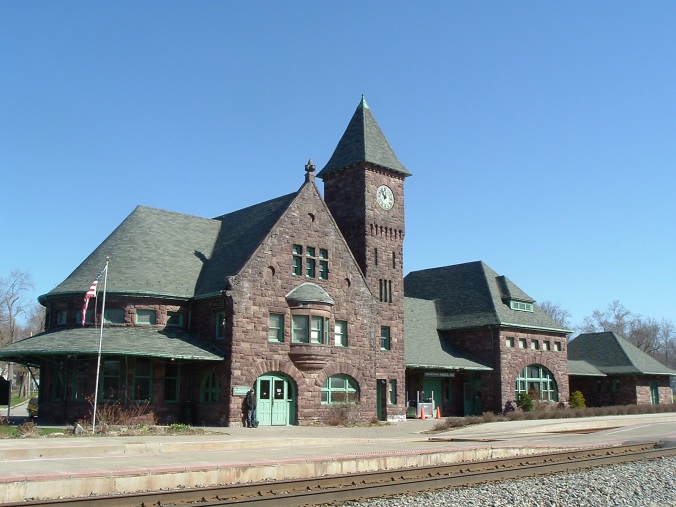I’ve been living in the Upper Midwest for a total of about a year now, off and on, including a few stints with Mary in South Bend/Mishawaka, Indiana, and now in East Lansing, Michigan. I can’t say I have fully experienced the place, since I’ve mostly made myself scarce by the time winter rolls around. However, I think I have been here long enough to have developed some impression of the character of this area. Of course, Michigan is probably most known for being the buckle of the Rust Belt, with cities blighted by abandoned factories, run-down houses, crumbling infrastructure, and decay. That’s sadly what happens when we hitch our fortunes to globalized capital. Lured by the short-term prosperity it brings, local governments abase themselves before corporations, allowing them to loot the public coffers with tax breaks. But the moment that shareholder profits would be maximized by offshoring all the manufacturing, the capitalists peace out. It is the capitalists’ responsibility and their duty to do that, in this broken system—their responsibility is to their shareholders, and that’s that. However, the government has been way too lax in its responsibility to the citizens who can no longer survive without steady employment, instead vilifying and shaming people who need to use the (dwindling) social safety net. As a government-funded postdoc, I’m pretty insulated from all that, but it is sad to see these forgotten citizens trying to get by when both the “free market” (sarcastic quotes) and the government have screwed them over.

The rail station in Niles, Michigan (built 1892)
While that’s a pretty bleak take on life in the Upper Midwest, I have also really been enjoying living in a different part of the USA than I am familiar with. Even though media and pop culture have been steadily homogenizing this country (linguistically and culturally), it is fun to notice little regional differences. For example, the other day I took the Amtrak train from East Lansing to Niles, Michigan (just across the state line from South Bend), where Mary picked me up. I sat in front of an old farmer couple. As we rolled by the fertile farmlands of southwest Michigan, patches of different truck crops whipped past the window, to me appearing like a green blur. The husband, however, identified each type of vegetable for his wife: “Those’re potatoes.” “Looks like an asparagus patch.” “Huh, that’s a lotta cukes.” “Don’t know what those are, probably green beans.” I was very edified by his descriptions of the different soil types in different parts of the state, with their different glaciation histories leading to different sand and organic matter content. We passed right by the athletic complex of Western Michigan University in Kalamazoo (imagine a very nasal and flat Midwestern accent): “That’s Western Micheegan. Real good haakey team. Great haakey there.” Not something you’d hear much in North Carolina or Tennessee. They showed me the location of their hometown, Lapeer, in the time-honored Michigan method of pointing to its location on the outstretched palm, in this case around the base of the thumb. Call me a silly newbie, but I think that’s cute. When I arrived in Niles and met Mary, I enthused over the historic railroad station and said I wanted to go in and look around. A bystander interjected, “It’s nothing special.” I disagree, as you can see from the picture. And of course, I had to try some Faygo root beer the other day to fully consummate the Michigan experience. That definitely was nothing special, but I would still probably rather drink it than get sprayed by it at an Insane Clown Posse show.
The politics is sad. Recently read “Factory Man” about similar destruction of US working class in the furniture industry in the South. Depressing….
LikeLike
Yes, it’ s funny, because I realized right after I wrote this that both Hillary Clinton and D_ T_ were in southeast Michigan this week, offering expressions of solidarity with Michigan, opposition to trade deals, and both claiming to be able to solve the problem by bringing manufacturing back to the area. I am not sure whether that will ever really happen at a scale that would actually help alleviate the problems.
LikeLike